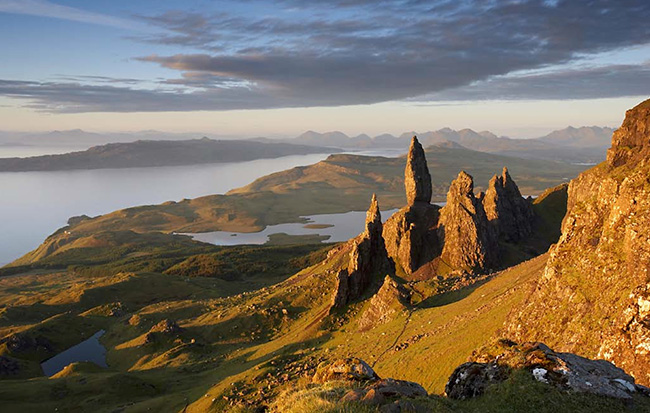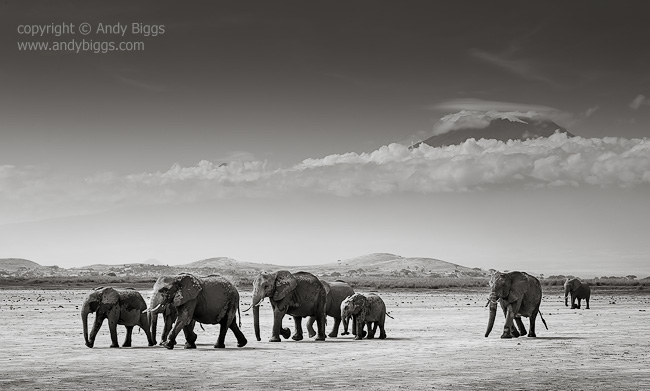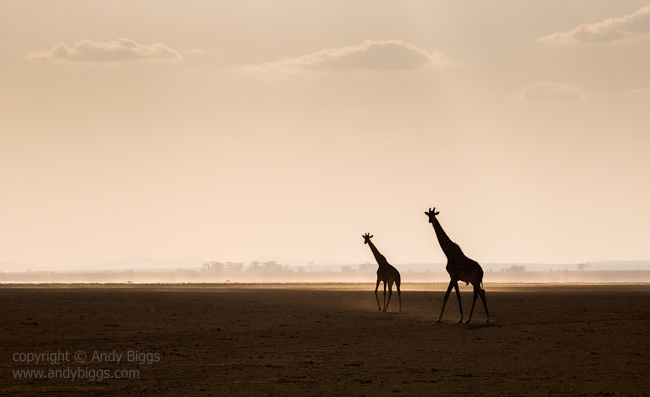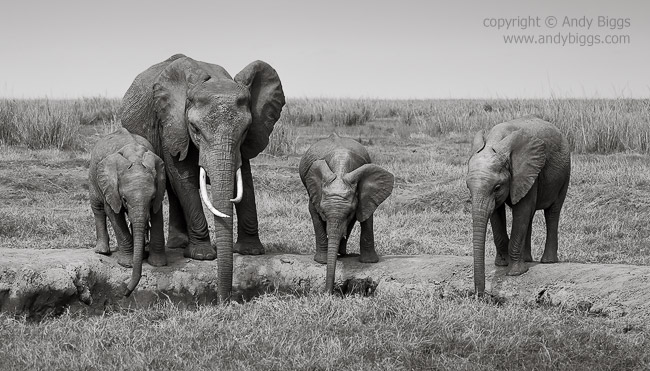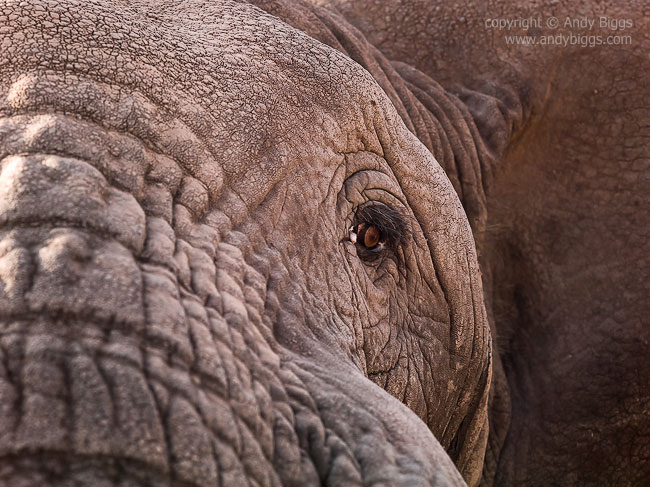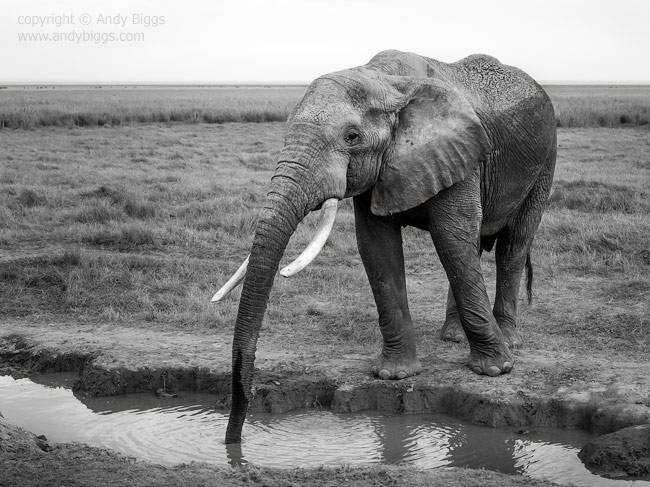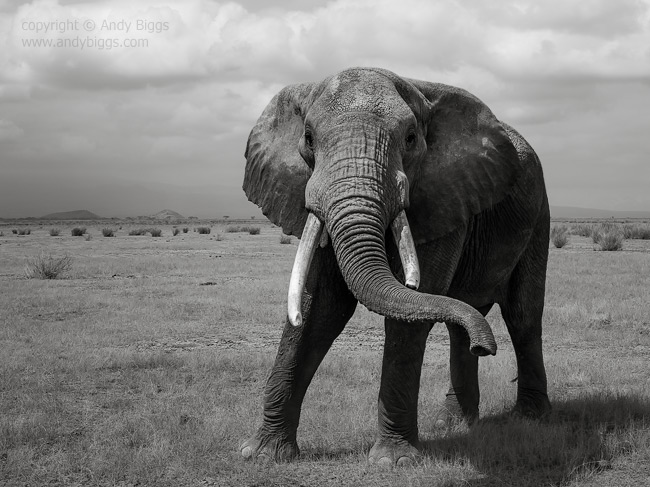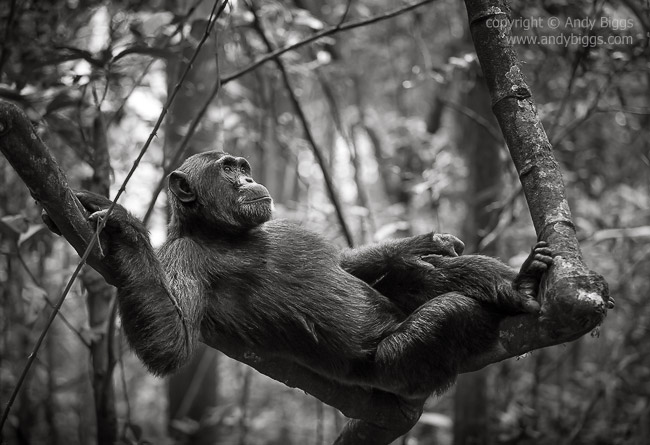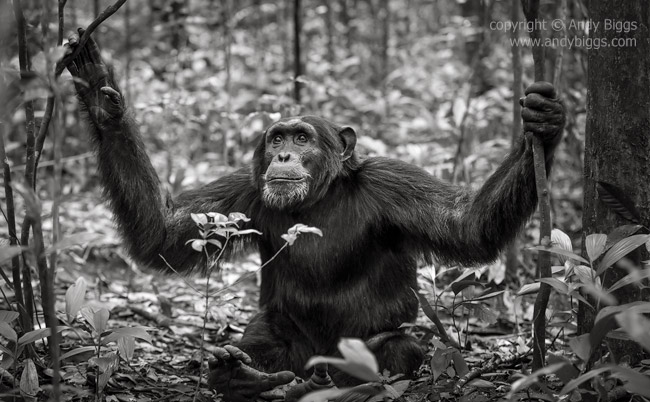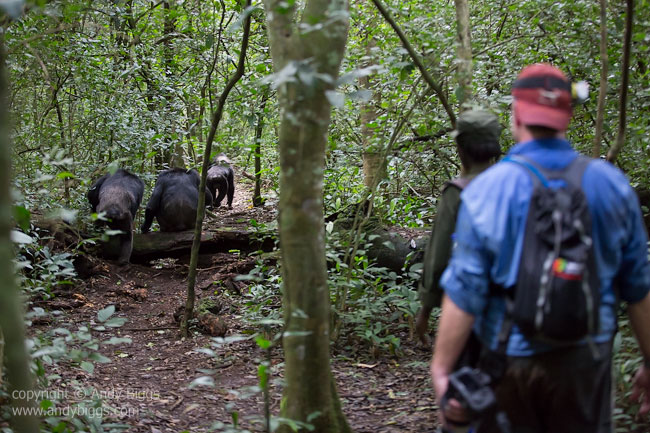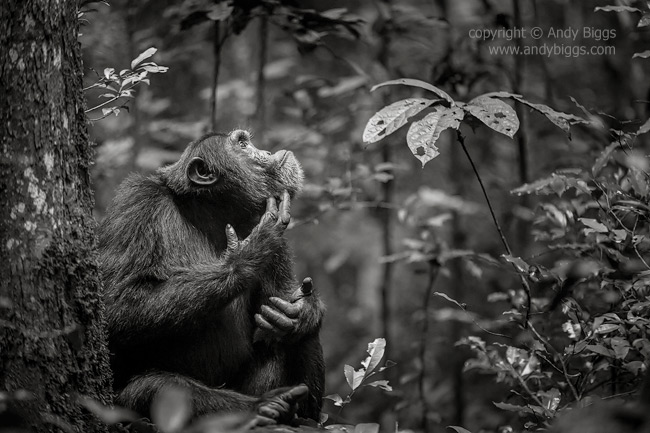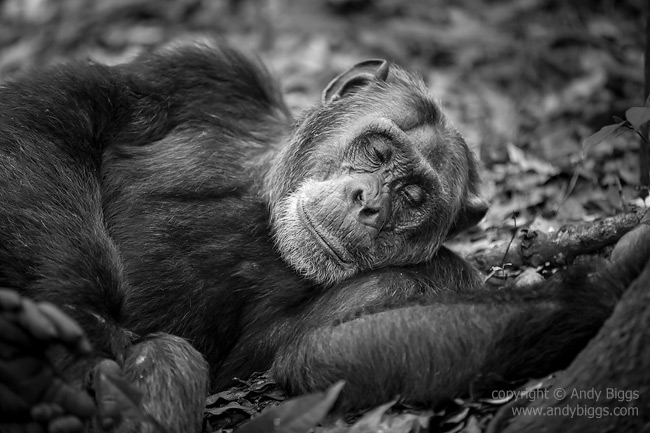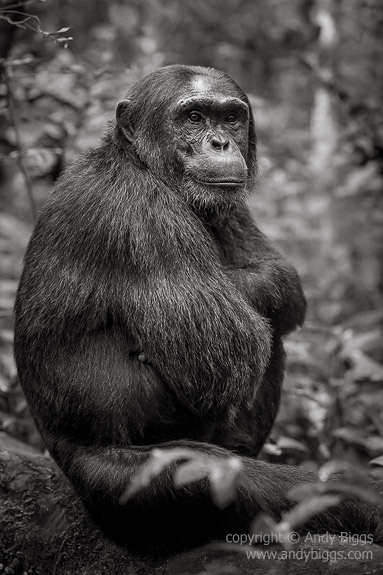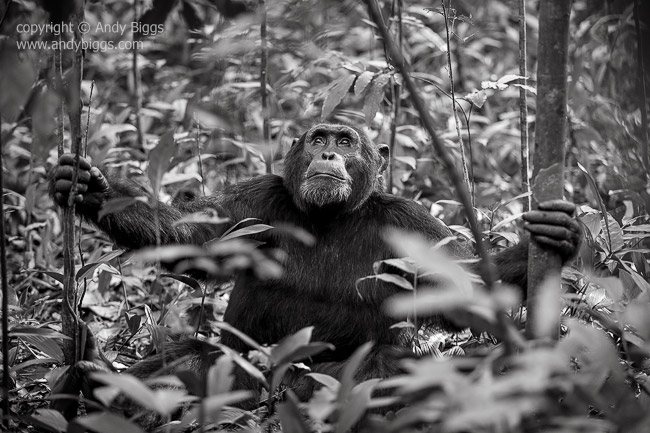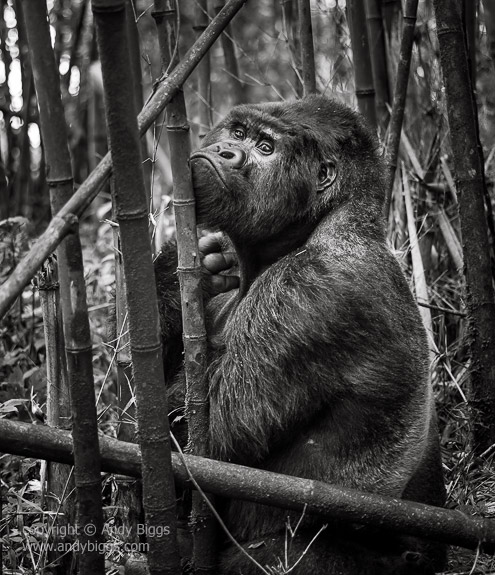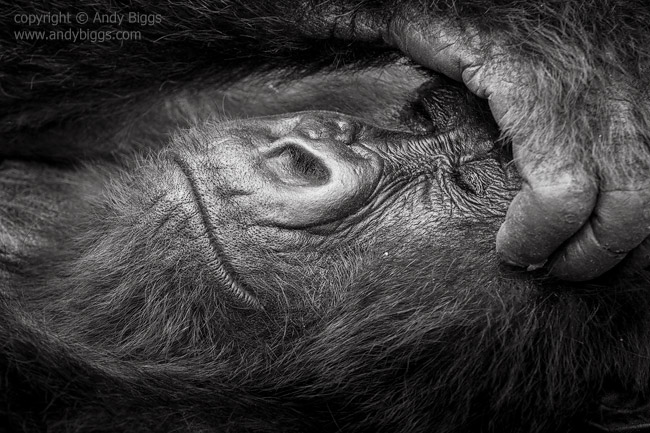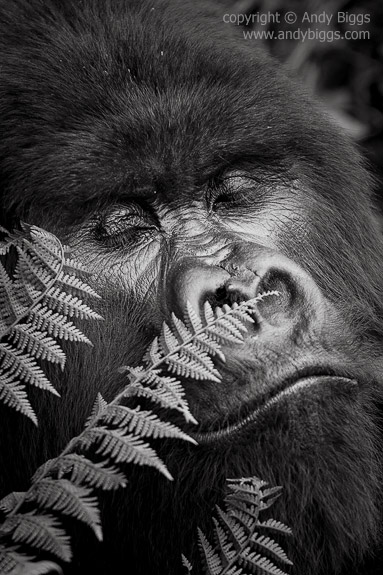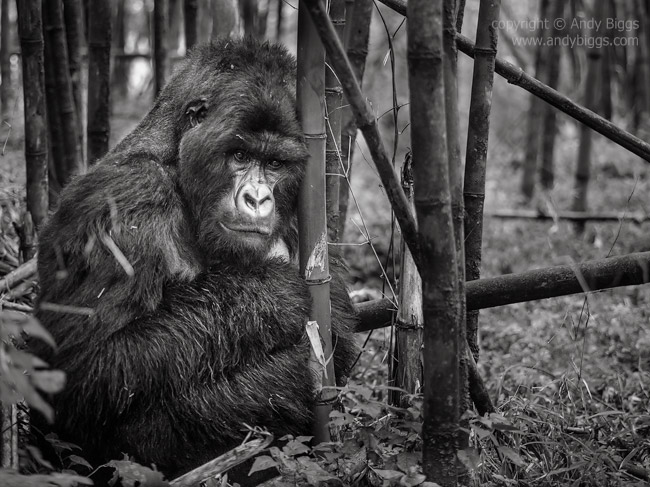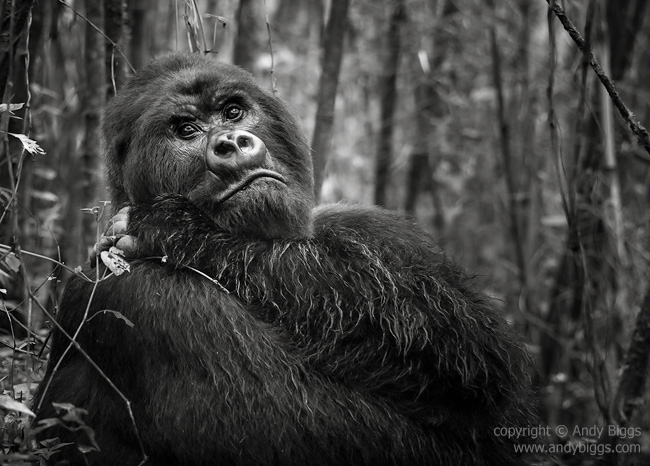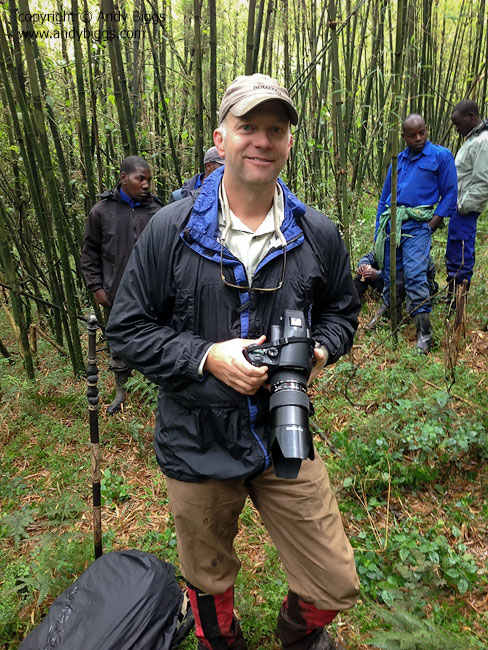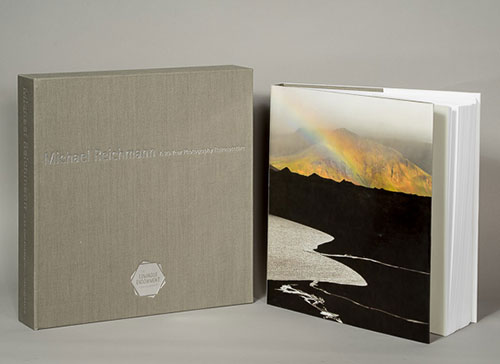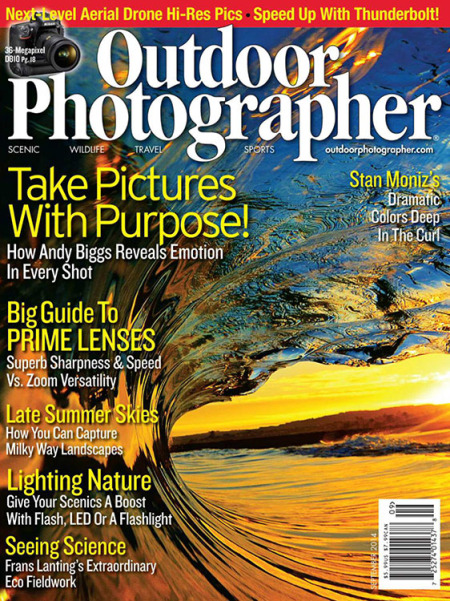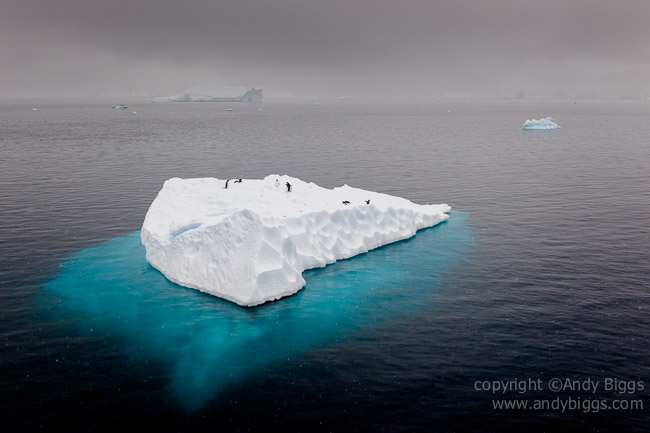
Sunset Over The Masai Mara
Phase One DF+, IQ250, 240mm lens
After the conclusion of our Great Apes Photo Safari, some of the travelers joined me and my co-leader Grant Atkinson in Kenya’s Masai Mara for my Luxury Wildebeest Migration Photo Safari, which I run each year. There are very few locations in Africa that rise to the level of quality wildlife sightings that the Masai Mara offers, and its rolling and wide open plains is filled with such a quantity and quality of wildlife that it is beyond imagination. I run this migration trip every year, usually in the month of August or September, to coincide with the arrival of the wildebeest and related species in Kenya’s Masai Mara.
Background on the Wildebeest Migration
There are roughly 2 million wildebeest (the white bearded wildebeest, specifically) in the greater Serengeti / Masai Mara ecosystem, and these mammals are always in search of fertile grasses to feed on. This ecosystem is split between Tanzania’s Serengeti National Park and Kenya’s Masai Mara (it should be spelled Maasai Mara, but that is a topic for another time). This migration occurs twelve months out of the year, and they typically move in a clockwise direction between these two parks. There are other animals who migrate with the wildebeest: zebras, grant’s gazelle, topi and dung beetles.
There is no start or finish to this migration, but rather it can be described as ongoing and never ending. This migration typically arrives in Kenya’s Masai Mara in late late July and they depart sometime in October.

At Attention
Phase One DF+, IQ250, 240mm lens
When I run these migration trips in Kenya I prefer to stay in areas where I have fewer vehicles, an ability to drive offroad and accommodations that exceed all expectations. Life is too short to watch wildlife with hordes of vehicles, and the Masai Mara is a challenging place to avoid vehicles when out on game drives. My solution is to base myself on conservancy land, just outside of the Masai Mara Game Reserve boundary, where the lion density is higher and sightings are much less crowded. Yes, my migration safaris are more expensive than my competition, however my guests get better returns in so many ways: better wildlife sightings, more private wildlife sightings, offroad driving for specific photography angles, a better sense of being in the outdoors, the best guides in the industry, the best accommodations in the industry, open vehicles that have been setup for photography and a no-compromise approach to the entire experience. I have been running photographic safaris in Africa since 2002 and I have learned to always take the ‘no compromise’ approach whenever possible. I have no desire to subject myself and my customers to the lack of guiding professionalism that exists in many areas of the Masai Mara Game Reserve, and the conservancy land delivers everything I wish for and more.
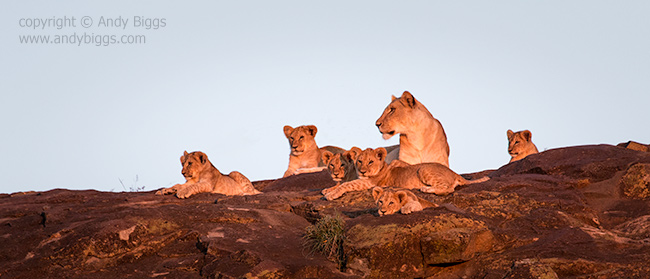
Lioness and Cubs from the Eseketa pride
Our group of 13 assembled at The Emakoko, which is a small and intimate safari lodge, located on the edge of Nairobi National Park. My guests arrived on their international flights , were taken to The Emakoko and began their safari in style. Since the camp is located on the edge of the park, we could take safari game drives in the park if we didn’t want to spend time unwinding at camp. This is an excellent option for those who arrived a day or two early, as it put them in the safari mood as soon as they arrived.
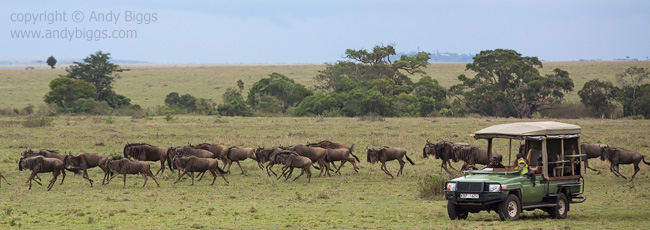
We flew to the greater Masai Mara area on privately chartered aircraft, which allowed us more weight allowance per person as well as a flexible schedule. Upon arrival on Olare Motorogi conservancy land, we met our guides, camp staff and camp managers and we loaded our camera gear, luggage and ourselves into our game drive vehicles and set out to find some great wildlife sightings.
Over the next week we had so many great sightings, and what stood out were all of the lion cubs. Tons of lion cubs. We also had superb sightings of other big cats, grazers, browsers and birds of prey, however the lion cubs certainly stood out in my mind. Since I was driving for much of the time, I didn’t raise my camera too often due to being on the opposite side of the vehicle as the photographers who were in my vehicle, however the sightings were just as rich in my mind as those who were captured them on their cameras.
When it comes to camera gear, I used the following:
- Phase One DF+ camera
- Phase One IQ250 50mp digital back
- Phase One 75-150mm
- Phase One 240mm
- Canon 5DMk3 (rented from borrowlenses.com)
- Canon 70D (rented from borrowlenses.com)
- Canon 70-200mm f/2.8 L IS II (rented from borrowlenses.com)
- Canon 1.4x III (rented from borrowlenses.com)
When it comes to the gear that our guests used, by far the most popular lens was the new Canon 200-400mm f/4 L IS. Out of 13 people I think we had 6 or 7 of them on the trip. That’s a huge percentage. In past years we have had a steady balance between Canon and Nikon users, however on this trip we had only 2 Nikon users and the rest were with Canon. I haven’t seen those kinds of numbers since before Nikon had the D3 / D700 bodies, which would be around 2005 or 2006. I wonder if the tide is turning towards Canon for wildlife shooters? I just don’t know.
I tended to use the Phase One setup most often, however there were some situations when I needed more focal length or faster autofocus and I used the Canon gear. I was pleasantly surprised with just how usable the Phase One gear was, as the new IQ250 works so well with ISO values up to 1600, 3200 or even 6400 in a pinch. I have been using an IQ280 80mp digital back, which I have limited to a maximum ISO of 400, but prefer to keep it to 100 or 200 if at all possible. The new IQ250 is 50mp and is based on a CMOS chip design, which is new for Phase One, and the product is much better for the style of wildlife photography that I create. I was pleasantly surprised and may be making the switch over to the IQ250 for all trips going forward.
We have already planned out our 2015 wildebeest migration safari and I will be publishing the trip very soon. If you are interested please contact me as soon as possible, as 50% of the spaces have already been pre-booked. The itinerary is exactly the same as this year.
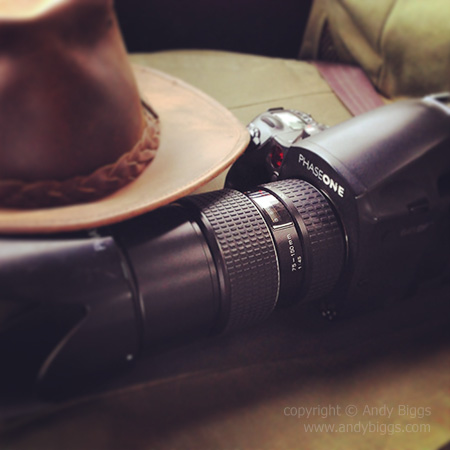
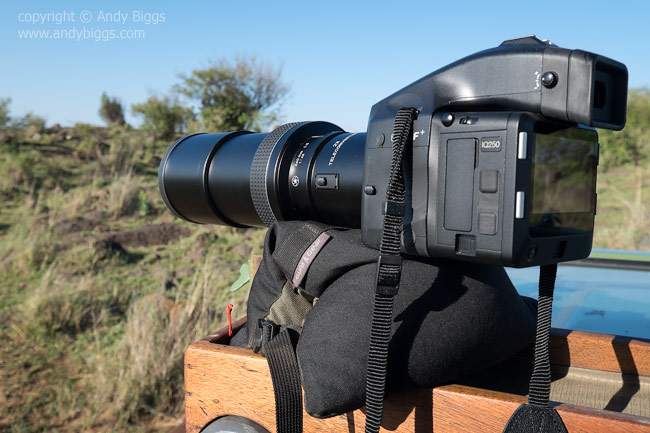
Phase One DF+ camera, IQ250 digital back, Schneider 240mm lens and 2x teleconverter on a Gura Gear bean bag
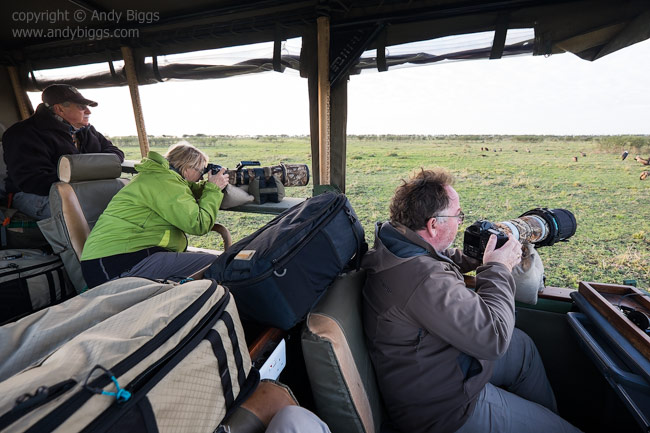
Our vehicle setup, with shooting platforms

Yours truly
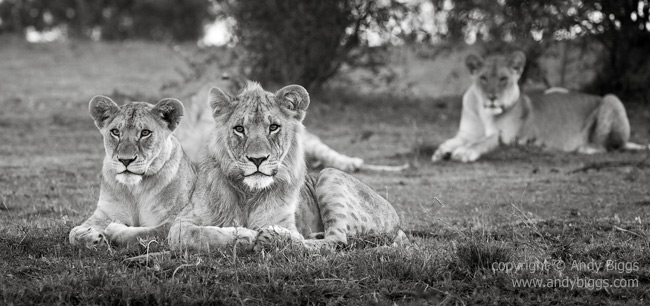
Sub adult lions
Phase One DF+, IQ250, 240mm lens. ISO 6400!!
 Tuesday, October 7, 2014 at 10:25AM
Tuesday, October 7, 2014 at 10:25AM 


